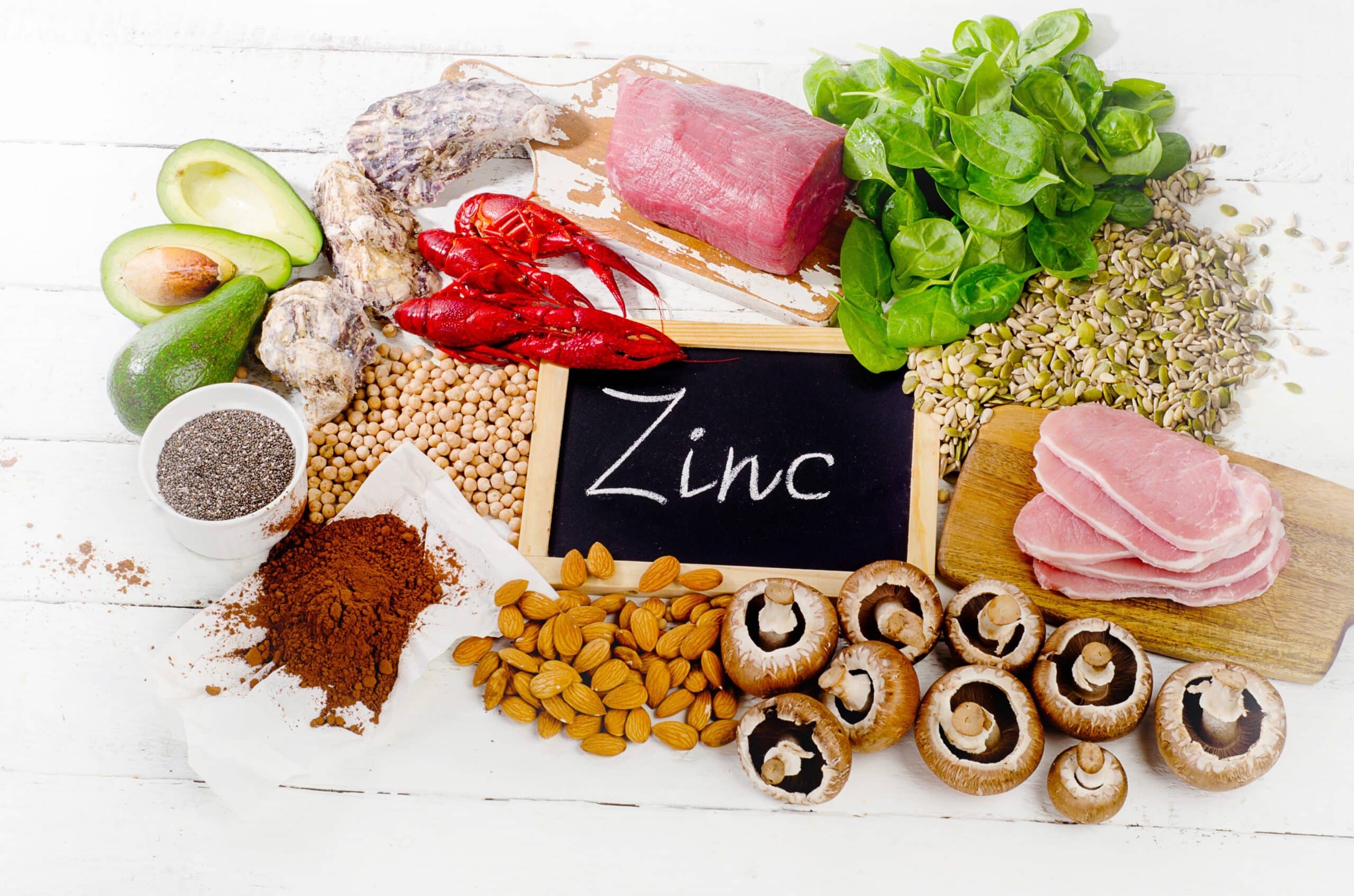Zinc may be one of the top minerals that help to boost immunity, but studies have shown that it can help with a number of health conditions such as one study published in The Journal of Family Practice finding it to reduce the severity and duration of the common cold. Nutrients published a study indicating that zinc may aid the healing of wounds by reducing inflammation and activating immune cells at the area of injury.
A study published in the Journal of Biological Chemistry found that zinc may play a role in regulating the heartbeat which could be of benefit in the fight against arrhythmia-related heart failure. However, this was animal research meaning that more investigation is needed to confirm these findings.
The Journal of the American College of Nutrition published a study suggesting that zinc had positively affected thyroid function in a group of overweight women with hypothyroidism. According to NIH supplementation of zinc may help to slow the progression of age-related macular degeneration.
This essential trace mineral has immune-boosting properties, according to NIH, this means that the body needs only a small amount of it to maintain good health. NIH recommends a dietary allowance of 8 mg for adult women and 11 mg for adult men.
When it comes to food sources, some are better sources than others for zinc. According to the USDA, just one oyster can provide 50% of the daily recommended intake of zinc. 3 ounces of cooked Alaskan King crab contains 59%, and a small steamed/boiled lobster provides 43%.
According to the USDA, one cup of chopped roasted and skinless chicken breast can provide 19% of the daily recommended intake of zinc, and one large egg contains 5%. 90% lean cuts of beef and pork can provide as much as 44% of the daily recommended value.
One cup of nonfat or low-fat milk contains 9%(1.02 mg) of the recommended daily intake of zinc, one cup of nonfat yogurt contains 22%(2.38 mg) while one cup of low-fat plain yogurt contains 2)%(2.2 mg).
For those who are not keen on consuming animal-based products, there are also plenty of healthy plant-based sources to acquire zinc from such as mushrooms, spinach, kale, zinc, and broccoli; as a plus according to a study published in The Journal of Nutrition plant-based diets have been shown to be linked to a lower mortality risk among American adults.
According to the USDA, one cup of sliced raw mushrooms can provide 3% of the daily recommended intake of zinc, and one cup of cooked kale can offer the same amount. Legumes like lentils, chickpeas, and beans are also good sources of zinc. One cup of canned chickpeas contains 19%, and lentils contain 11% per cup. One cup of shelled edamame has 19% and one cup of black beans contains 18% of the daily recommended intake of zinc.
Nuts and seeds are also great sources of zinc. One ounce of pumpkin seeds or pine nuts contains 20% of the DRV of zinc, and one ounce of dry-roasted cashews can provide 15%. Chia seeds are another good source of zinc, containing 12% of the DRV, according to the USDA.
Whole grains also contain zinc. One cup of raw oats contains 27% of the DRV, one cup of cooked brown rice provides 13%, and a slice of whole wheat bread contains 5%. Quinoa falls in this category with one cup containing 2.02 mg of zinc.
For a sweet treat, according to the USDA 60-69% dark cacao varieties contain close to 7% (0.75 mg) of the DRV per ounce, while 70-85% dark cacao varieties contain about 8% (0.9 mg) per ounce. While this option may be among the favorite choices, one must keep in mind that it is best to keep calories and sugar in check, meaning that enjoying in moderation is the key.




